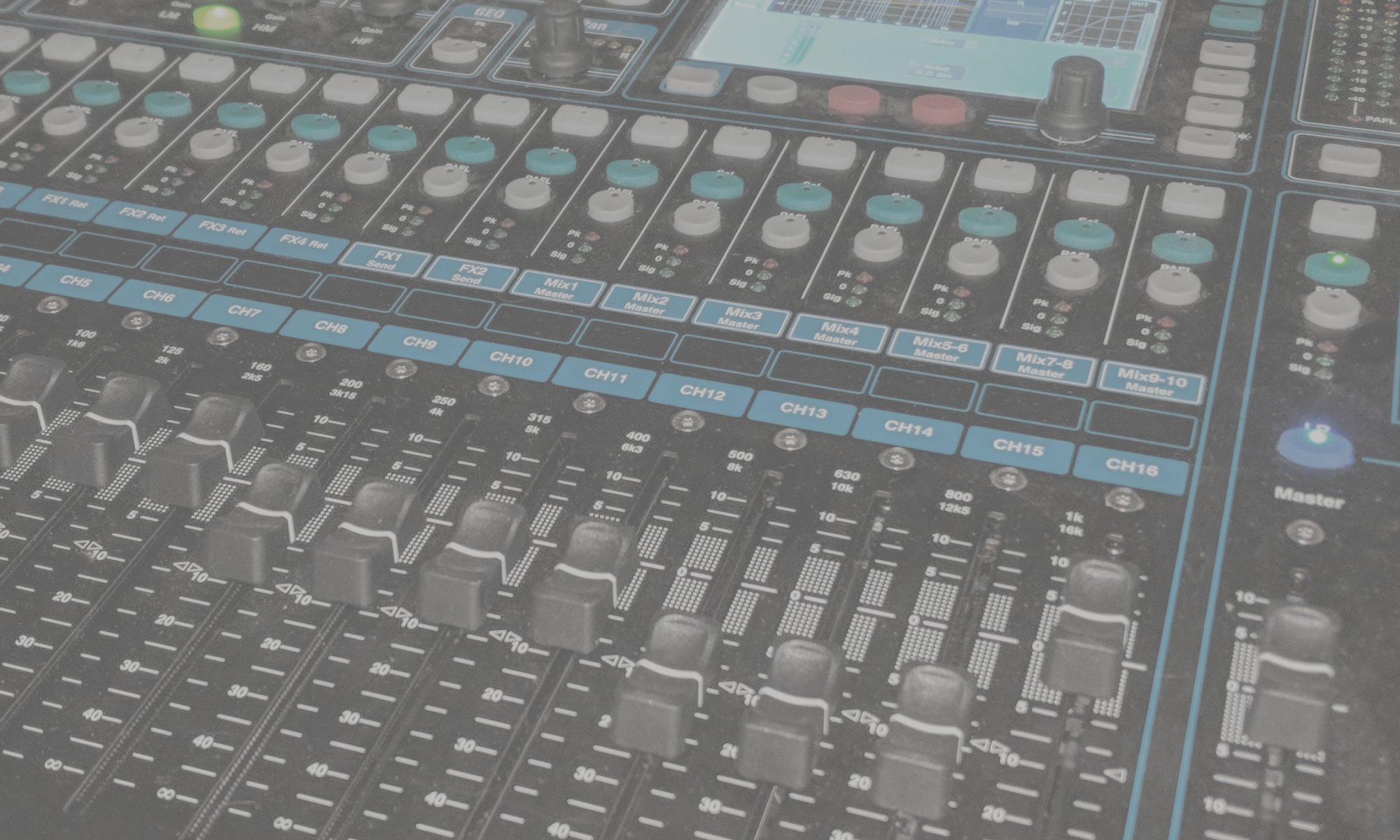The number one, absolute most important thing to think about with vocals is intelligibility. If the listener can’t understand what the vocalist is saying (a few specific genres aside), what’s the point? There are several standards to define speech intelligibility you can look up if you feel so motivated, but, in general, it comes down to consonants — specifically sibilants. These usually live in the 2kHz~8kHz range, and are the s, t, ts, and other related sounds.
Getting It
For handheld microphones, the best option is for the vocalist to have their microphone about a thumb’s length away from their mouth. This is to make the best use of something called “proximity effect” present in microphones with a cardioid or unidirectional pattern. This effect increases the low frequencies the microphone picks up and is an artifact of how unidirectional microphones are constructed. Keeping the mic a little bit away from the source will smooth out the low end response while still reducing the possibility of feedback or bleed from other microphones.
If you’re using a side-address mic, as you would in a studio or radio setting, the basic idea is the same, but it’s less important to be so close to the microphone. As long as the vocalist is speaking or singing into the mic within a foot or so, you’ll be fine.
In the Mix
Because the human voice is something we’re so used to hearing, we have a natural tendency to know what it’s supposed to sound like. This helps us on one hand because we instinctively know what our end goal should be. The downside is if the sound is just a little bit off, everyone knows it!
Generally you want a highpass filter between 60~120 Hz depending on the voice to cut down on handling noise (especially when using a handheld mic). Otherwise body and muddiness is ~250Hz and nasalness is ~1kHz. Those and intelligibility (2kHz ~ 8kHz) are the most important frequency ranges for vocals. Lead vocals usually benefit from a little bit of reverb and delay, where backing vocals are well served with chorus to fill out the sound and make them found fuller, and a little more reverb than the lead vocal to move them farther back in the mix.

